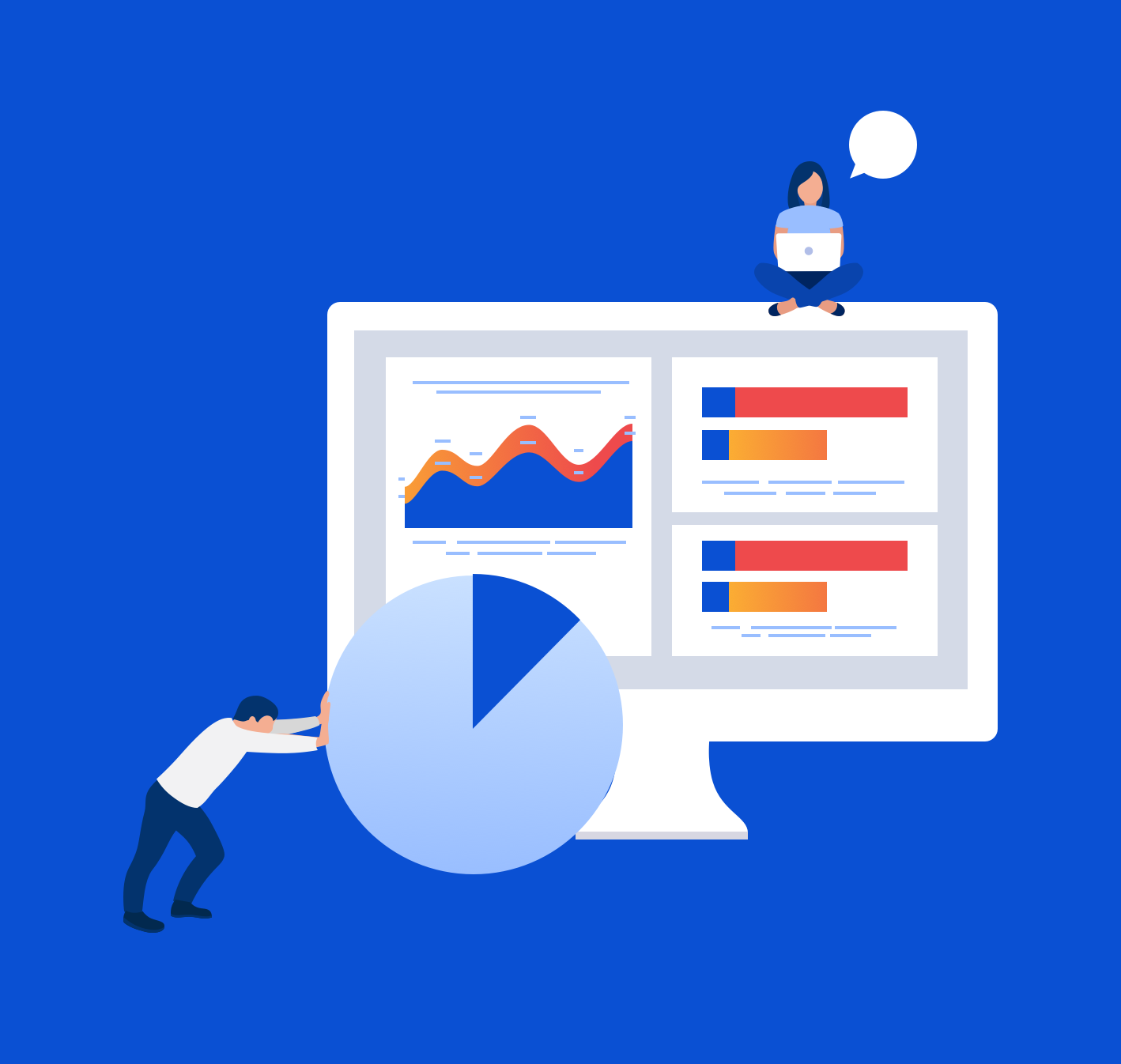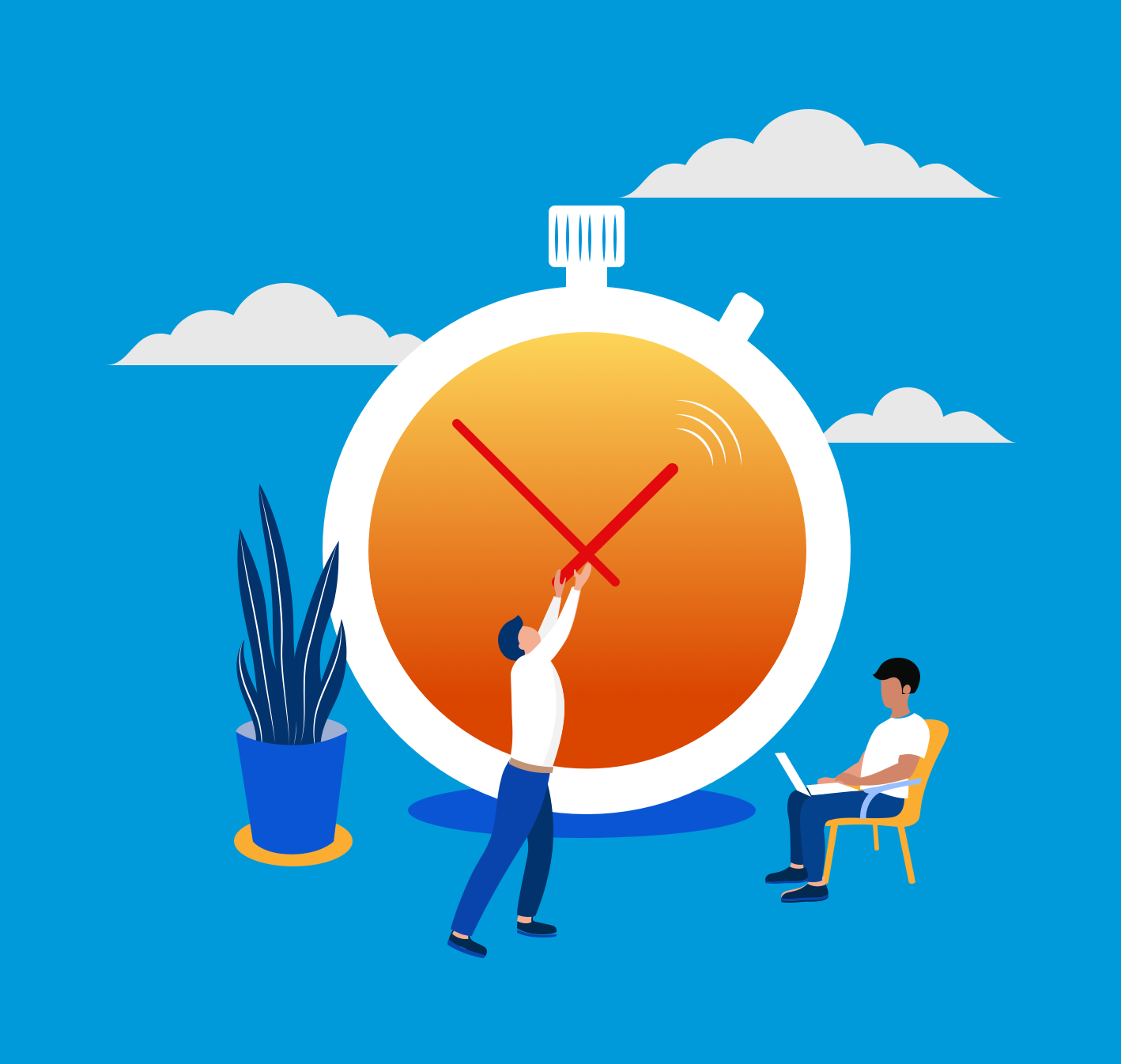In Part I of this series, we covered how AI – Google’s SGE in particular – is reshaping how we think about SEO and traditional organic search. With the growing dominance of AI-generated content in the SERP, we as digital marketers, content creators, brands, and businesses are faced with new challenges in our approach to SEO. Emerging new tech and trends in AI, as well as new strategies in SEO / AEO are changing the face of the industry as we know it.
The disruption doesn’t stop at SEO, however. In Part II, we’re zooming out to examine the bigger picture through Search: and how the entire search ecosystem – including the SERP, featured content, paid ads, and organic listings – is shifting rapidly, redefining goals and what it means to be number one. Whether you're running Google Ads, creating long-form content, or just wondering why your traffic is dropping (even though you’re still at the top of the SERP), keep reading – because this one’s for you.
Search is Changing: Where, What, How
Search isn’t what it used to be. It’s no longer limited to the browser bar or confined to a static SERP. It's mobile, it's multi-modal, it's happening everywhere – and it’s increasingly powered by AI, not just algorithms. If we’re going to understand where search is going, we have to start by understanding where it’s already shifted: where people are searching, what they’re looking for, and how they’re going about it.
Where People Search
You’ve likely heard the term “mobile first” – once considered ahead of the curve in SEO optimization, it’s now the modus operandi when creating content that caters to our increasingly mobile lifestyles. The same can be said for Search – officially dominated by the handheld market, over 63% of Google searches performed in the U.S. today happen on mobile devices (Statista, 2022). The shift towards a mobile-first mindset has reshaped everything from SERP layout to format, forcing brands to rethink their approach in scaling efficient, get-to-the-point content.
It's not just mobile – search has gone screenless as well. Voice search usage has grown steadily over the past decade, with over 57% of U.S. adults using a voice assistant daily in some form, and over 35% of Americans owning a smart speaker (NPR, 2022). Whether it’s asking Alexa to find a nearby hardware store, or prompting Siri to define "generative AI," Search has moved beyond typed queries into ambient, on demand experiences.
In other words: search is no longer something you do in one place, in one way. It’s happening wherever you are, in the moment you need it.
What People Search
Searchers today aren’t just looking for answers – they’re expecting them. Shaped by intent, device, and location, searchers both want and need clear and concise answers, not just an open doorway. Short, choppy keyword searches, like “best soil” or “succulents near me”, often guide mobile users to what they need in the moment, on the go. On desktop, users shift more towards research and purchase behaviors, using long-tail keywords and natural-language questions in their queries. A search for “what’s the best soil mix for indoor succulents in winter?” is almost assuredly to have come from desktop, with the intent being the discovery of that one specific thing at a time and place that’s most convenient.
In thinking about ways in which potential customers find their way to your ecommerce site, it’s important to remember that searchers aren’t just looking to buy, they’re looking to learn. DIY, “how to”, and instructional queries are among the most popular search types through desktop. Video-focused platforms like YouTube have become a go-to source for everything from fixing a leaky faucet to rebuilding an engine. On their own, these formats may not always convert immediately, but they dominate in generating visibility, authority, and trust signals in spaces where users are, and are paying attention.
In the same vein, users are increasingly searching for authenticity. Influencer reviews, real customer testimonials, and creator-led content are often more persuasive than polished brand messaging. Social proof has become a search currency all its own, with younger generations and those new to a brand more likely to trust a TikTok tutorial or Reddit thread than a brand’s homepage.
How People Search
Traditional search engines are still the starting point for most searches – namely, Google, the undisputed giant of Search. Though still a behemoth in terms of overall volume, as of Dec 2024, Google’s market share of Search worldwide slipped below 90% – where it has remained throughout the first half of 2025 (StatCounter, 2025). Conventional wisdom would suggest that friction, frustration, and distrust are pushing users to explore alternatives. When the first 5-10 results feel like clickbait, read as poorly constructed ads, or route to other platforms under the Google umbrella, users searching for transparency and authority look elsewhere for relatable content and answers.
Enter AI: Where tools such as ChatGPT, Claude, and Perplexity are now being treated as search companions – places users go to get condensed, curated answers without the noise. These platforms offer context with the semblance of neutrality, and are especially attractive to Gen Z users and Millennials who are tired of sorting through fluff.
Then there’s social media – the “I wanna be where the people are” approach to search. Platforms like TikTok, YouTube, Instagram and the like are increasingly becoming de facto search engines – especially when users are searching for tutorials, demonstrations, or recommendations. If the answer exists, someone’s probably made a video of it, with step-by-step instructions. For millions of users, search now means searching for the influencers, experts, and authorities on a subject – and going direct to the source.
Across the vast sea of Search, one thing is clear: the very idea of “Search Engine Optimization” is transforming – evolving beyond the early notions of what it means to search. We’re not just optimizing for engines – we’re optimizing for answers, visibility, and discoverability across platforms and in places where SERPs don’t exist.
Where We Are: Search, SEO, and the SERP
As Search has evolved, so too has the battleground it lives on: the SERP. What was once a clean, scrollable list of blue links has transformed into something far more layered – and far less predictable. Hybrid media layers, interactive feeds, a curated scroll of sponsored content, AI-generated answers, and SEO optimized snippets all competing to be the final stop in a user’s journey. Organic results haven’t disappeared, but they’ve certainly been displaced, pushed further down the page and even harder to differentiate. (More on that to come.) The difficult truth is: appearing at the top of organic results just doesn’t hold the same value it used to.
The SERP of Yesteryear
Since it was first launched back in 1998, Google’s homepage has always been dedicated to one thing: Search. For years, the mission of every advertiser, business, and creator looking to maximize their visibility online was to get to #1 in search listings. Reaching the top of results meant top of the page, top clicks, and staying top-of-mind in searches relating to your brand.
Even once AdWords was launched in the summer of 2000, bringing new distractions to the top of the SERP in the form of ads, ads were limited to just 4 per page, with no other messaging or noise competing for attention.
(For a blast from the past, take a look at this screenshot of the Google SERP on desktop from mid-2000, right after the launch of ads. Search is for “holiday home in Greece”.)

Now take a look at this screenshot of the SERP taken July 2025 using Chrome via desktop. Same format, same search term. Notice anything different?

To say that organic search and the SERP have changed over the years is a bit of an understatement: when compared to Google’s original results page, the SERP of today looks almost nothing like its predecessor.
The Modern SERP Stack
Plug in any search term into Google anytime between 2013 and 2024, and you’re bound to see a multitude of modules – Shopping carousels, Featured Snippets, a “People Also Ask” section, a section for YouTube videos, maybe a map pack of local store locations if you’re searching on mobile. As of 2025, AI summaries have begun to dominate that landscape – which is all to say that, for awhile now, SEO and SMM experts have been dealing with the rising tide of “features” hogging the spotlight at the top of the SERP, working to increase organic visibility in Search results even as organic links appear further and further down the page.
Examining the above screenshot of the modern SERP, we see that the first organic result appears two full page scrolls after the initial content. Followed by a “People Also Ask” section, which pushes organic results that rank below the #1 position even further down the page.
In recent months, SGE (which Google calls its “AI Snapshots”) seems to have taken over the top of the SERP, replacing many of these featured sections, including Paid Search. Having undergone significant changes in the past couple of years, Search ads – which have previously been Google’s bread and butter, and their highest source of income for at least 10 years straight – have seen major shifts and volatility in performance as of late. (More below.)
Before we move on to our last section on paid Search, a quick callout: noticeably absent from our modern SERP screenshot is the presence of AI in search results. Which, if you’ll recall from Part I of our series, AI summaries are present in over 90% of Google searches.
So, what gives?

As of the date this article was written, Google has introduced its new “AI Mode” in Search – an entirely new, entirely AI-driven Search results page that’s separate from typical Search results. Combining the look and feel of popular LLM platforms such as ChatGPT with the structure and resources that make up the modern SERP, Google has decidedly thrust themselves right in the middle of the AI arms race with this launch – a tool so new, we haven’t even had a chance to digest it ourselves, and very little data that’s available at the moment.
Our plan is an in-depth review of this new functionality, covered in greater detail – along with expectations and predictions for what this could mean for the future of SEO – in Part III of our series, so stay tuned.
Now, back to our scheduled program already in progress.
AI’s Effect on Paid Search
It shouldn’t come as a surprise to hear that Search ads have been around for almost as long as Google Search has – as we covered above in The SERP of Yesteryear, AdWords and Search ads debuted over a quarter century ago. Since then, Search ads – which eventually expanded to include additional formats such as Display ads and Video ads on YouTube – make up the vast majority of Google’s revenue, as well as their parent company Alphabet, each year.
It’s not even close. At the height of the disparity, in 2017, Google Search ads accounted for 86.5% of Google’s total revenue (Statista, 2025). Since then, the overall share of revenue brought in by Paid has steadily decreased – down to 75% at the close of 2024. (Cloud services now account for an increasingly larger share of revenue, up nearly 4x.)
If you’re familiar at all with Google ads, then you’re likely aware that ads have shifted dramatically over the past few years. The new era of ads has been one that prioritizes automation, machine learning, and ease of use, often at the cost of greater insights and precision in targeting and creative. Now, with the introduction of AI, ads have seemingly shifted once again to play a support role in Search, as paid placements and other prime real estate at the top of the SERP are replaced by generative AI results, summary modules, and AI Snapshot “answers” that eliminate the need for users to click anything at all.
Google has publicly stated that Search ads will remain an integral part of the experience, though one reshaped by AI and its presence in Search (Google, 2025). Time will tell just what that will look like, though as many advertisers are left scrambling, rethinking and retooling their strategies in both paid and organic visibility, AI’s prevalence in Search continues to reshape not just user behavior, but the platforms themselves. (See above: Google’s new AI Mode.)
It’s not just Google: newer AI platforms like Perplexity and ChatGPT – who most recently announced a partnership with the ecommerce platform Shopify (Financial Times, 2025) – are fully reimagining what paid media looks like in an AI-dominant environment. In these spaces, the ad is baked right into the answer. Things like product suggestions, affiliate links, or a carousel of sponsored items appear organically within a response, not above it.
Though in its early stages, interest in this model is quickly gaining traction – and for brands that have relied heavily on paid traffic to drive discovery and/or conversions, this is a pivotal moment in the ecosphere of paid digital marketing. Not only are the rules changing, they’re being written in real-time by systems that are optimized for engagement, not equity. Which is music to our ears, as it solidifies one of the core concepts of both Paid and organic search success – content is still king, one where people and authentic voices will continue to reign.
Stay tuned for Part III in our series, where we’ll revisit Google’s AI Mode, and share our predictions for how AI is reshaping the future of Search, SERPs, and SEO, maybe for good.






